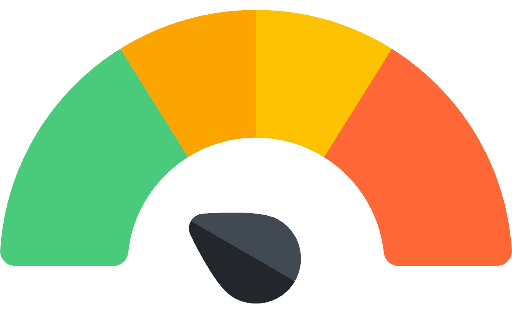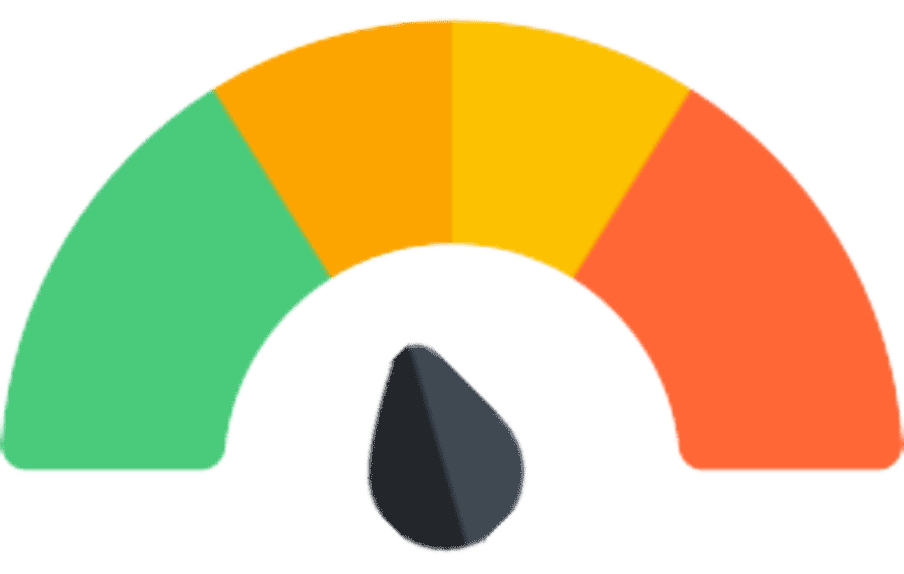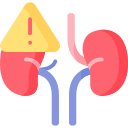(Bold for FDA approved)
 How Morex works
How Morex works• Reversibly blocks MAO-A from breaking down norepinephrine, dopamine, and serotonin
• This boosts noradrenergic and serotonergic neurotransmission
• MAO-A inhibition predominates unless significant concentrations of monoamines build up (e.g., due to dietary tyramine), in which case MAO-A inhibition is theoretically reversed
• Onset of therapeutic actions usually not immediate, but often delayed 2–4 weeks following adequate dosing
• If it is not working within 6–8 weeks, it may require a dosage increase or it may not work at all
• May continue to work for many years to prevent relapse of symptoms
 Notable Side Effects
Notable Side Effects• Insomnia, dizziness, agitation, anxiety, restlessness
• Galactorrhea
• Rare hypertension
 Life Threatening Side Effects
Life Threatening Side Effects• Hypertensive crisis (especially when MAOIs are used with certain tyramine containing foods – much reduced risk compared to irreversible MAOIs)
• Induction of mania in patients with bipolar disorder
• Rare seizures

unusual

not usual
• Wait
• Wait
• Wait
• Lower the dose
• Switch to an SSRI or newer antidepressant
• 300–600 mg/day
 Dosage Forms
Dosage Forms• Tablet 100 mg scored, 150 mg scored
• MAOIs may lose efficacy long-term
• Dependence to MAOIs reported but rare
 Renal Impairment
Renal ImpairmentUse with caution
 Hepatic Impairment
Hepatic Impairment• Plasma concentrations are increased
• May require one-half to one-third of usual adult dose
 Cardiac Impairment
Cardiac Impairment• Cardiac impairment may require lower than usual adult dose
• Patients with angina pectoris or coronary artery disease should limit their exertion
 Elderly
Elderly• Elderly patients may have greater sensitivity to adverse effects, but many tolerate MAOIs
• Reduction in the risk of suicidality with antidepressants compared to placebo in adults age 65 and older
 Children and Adolescents
Children and Adolescents• Not recommended for use in children under age 18
• Carefully weigh the risks and benefits of pharmacological treatment against the risks and benefits of nontreatment with antidepressants and make sure to document this in the patient’s chart
• Monitor patients face-to-face regularly, particularly during the first several weeks of treatment
• Use with caution, observing for activation of known or unknown bipolar disorder and/ or suicidal ideation, and inform parents or guardians of this risk so they can help observe child or adolescent patients
 Pregnancy
Pregnancy• Not generally recommended for use during pregnancy, especially during first trimester
• Should evaluate patient for treatment with an antidepressant with a better risk/benefit ratio
 Breast Feeding
Breast Feeding• Some drug is found in mother’s breast milk
• Effects on infant are unknown
• Immediate postpartum period is a high-risk time for depression, especially in women who have had prior depressive episodes, so drug may need to be reinstituted late in the third trimester or shortly after childbirth to prevent a recurrence during the postpartum period
• Should evaluate patient for treatment with an antidepressant with a better risk/benefit ratio
Based on data Published online by Cambridge University Press
Compiled by Dr. Jash Ajmera